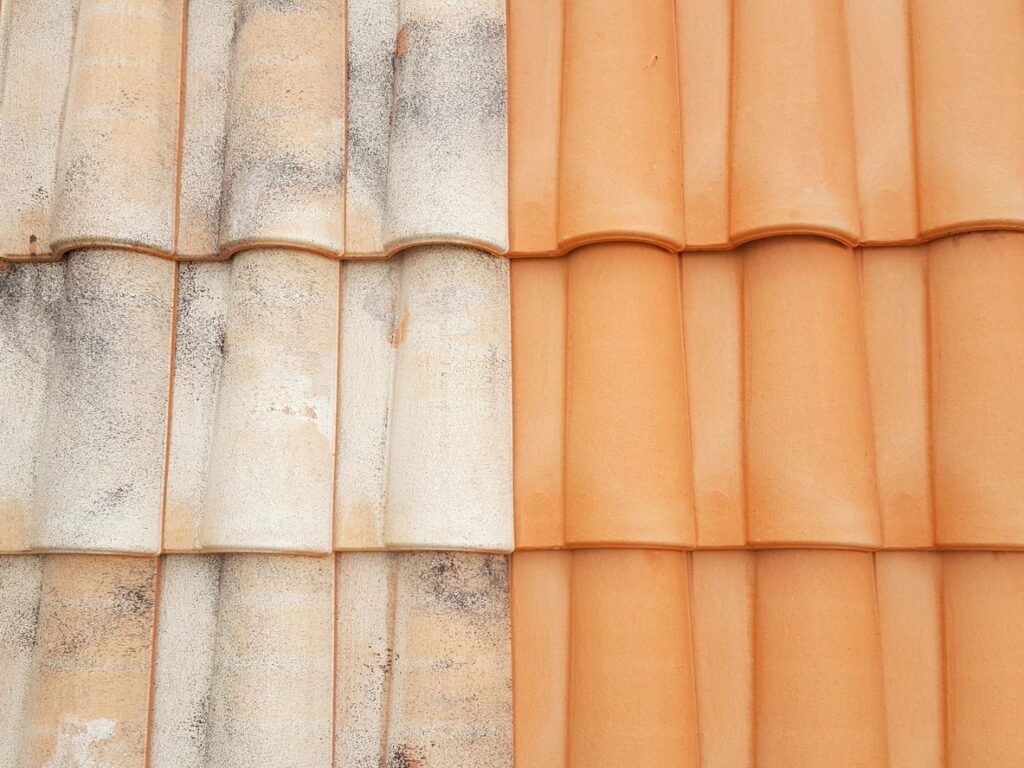Your roof is more than just a protective covering for your home; it’s an essential component that plays a crucial role in maintaining the structural integrity and energy efficiency of your property. Whether you’re a homeowner or a business owner, understanding the basics of roofing can help you make informed decisions. In this article, we’ll explore key aspects of roofing, from materials to maintenance.

1. Types of Roofing Materials
a. Asphalt Shingles
Asphalt shingles are the most common roofing material in North America. They are affordable, easy to install, and come in various colors and styles. However, they have a limited lifespan (typically 20-30 years) and may require occasional repairs.
b. Metal Roofing
Metal roofs are durable, energy-efficient, and environmentally friendly. They can withstand extreme weather conditions and often last 50 years or more. Metal roofing comes in panels or shingles made of steel, aluminum, or copper.
c. Clay and Concrete Tiles
Clay and concrete tiles are popular for their aesthetic appeal. They are fire-resistant, long-lasting, and suitable for Mediterranean-style or Spanish-style homes. However, they are heavier and require professional installation.
d. Wood Shakes and Shingles
Wood shakes and shingles provide a rustic look and excellent insulation. Cedar and redwood are common wood choices. Regular maintenance, such as treating for moss and rot, is essential to prolong their lifespan.
2. Roof Inspection and Maintenance
Regular roof inspections are crucial to identify issues early. Here’s what you should do:
- Check for Leaks: Look for signs of water damage, such as stains on ceilings or walls.
- Inspect Flashing: Ensure that flashing around chimneys, vents, and skylights is intact.
- Trim Overhanging Branches: Overhanging branches can damage the roof during storms.
- Clean Gutters: Clogged gutters can lead to water backup and roof damage.
- Replace Damaged Shingles: Promptly replace any cracked or missing shingles.
3. Signs You Need Roof Repair or Replacement
- Age: If your roof is nearing the end of its expected lifespan, consider replacement.
- Visible Damage: Cracked, curled, or missing shingles indicate the need for repairs.
- Sagging Roof: A sagging roof may have structural issues.
- Increased Energy Bills: Poorly insulated roofs can lead to higher energy costs.
Conclusion
Investing in a well-maintained roof ensures the safety and comfort of your home. Whether you’re choosing a new roof or maintaining an existing one, consult with a professional roofing contractor to make informed decisions.
Remember, a solid roof protects not only your property but also your peace of mind!
Feel free to customize this content to fit your specific needs. If you have any other questions or need further assistance, feel free to ask! 😊🏠🔨
